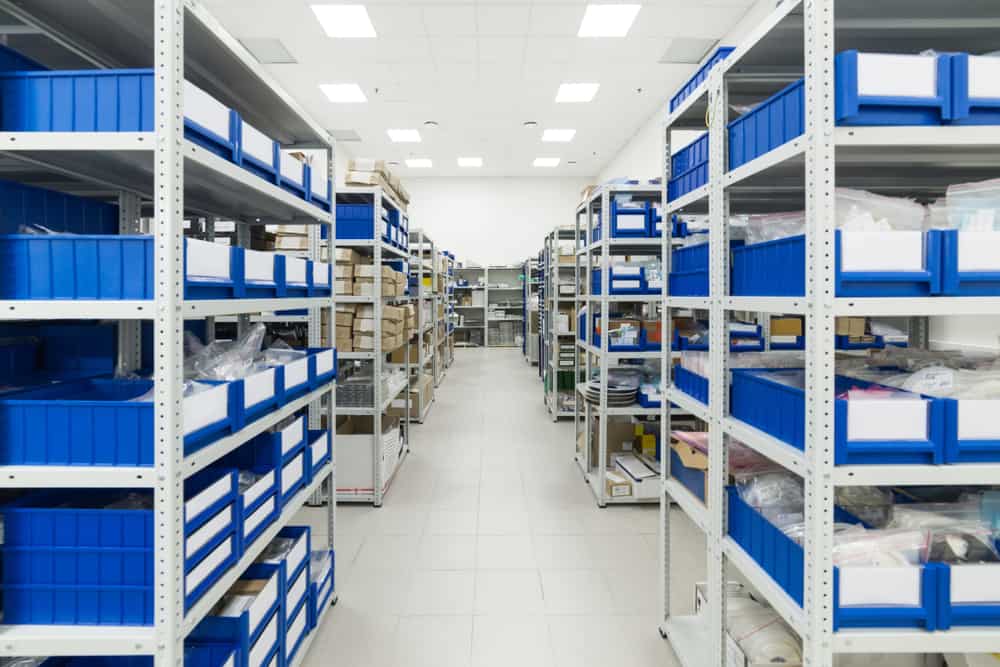
The disappointment end-users experience at finding that the electronic device they want and need is not available is just one of the results of a broken supply chain. This disappointment pales compared to the frustration and tangible consequences of redesigns, missed delivery deadlines, and loss of revenue that PCBA designers and developers must endure.
However, understanding the critical factors that keep warehouses stocked and production moving can help designers devise a strategy to overcome electronic supply chain challenges.
Key Elements of the Electronics Supply Chain
Component selection is the most important circuit board design activity. The parts chosen impact your PCB layout, including component placement, trace routing, stackup, via options, and other specifications. Not to mention meeting your board’s operational, performance, reliability, and cost requirements.
Therefore, not procuring needed components can be significantly disruptive to the PCBA development and production processes. There are several reasons why this undesirable situation may exist, as listed below.
Electronics Supply Chain Challenges
- 🔗 Lack of materials
A significant challenge to a healthy supply chain is not having enough raw materials available. For electronics, essential materials are silicon, copper, nickel, gold, lithium, aluminum, silver, fiberglass, and plastics, such as Teflon. - 🔗 Insufficient parts manufacturing
A good functional supply chain depends upon parts manufacturers keeping distributors and component suppliers adequately stocked with common and highly utilized parts. - 🔗 Excessive shipping times
Even if components are available, they can only be used if you or your contract manufacturer (CM) can get them readily when needed. - 🔗 Limited PCBA manufacturing services
Another severe supply chain problem—realized during the extensive global shutdowns caused by the COVID-19 pandemic—is when you cannot get your boards built in a timely manner. - 🔗 Rising costs
Another non-trivial aspect of a challenged electronic supply chain is that costs rise up and down the chain.
The electronic supply chain challenges listed above can wreak havoc on your development operations, especially if you employ a lean manufacturing strategy. However, some steps can be taken to minimize the negative impact of these challenges.
How to Mitigate Electronic Supply Chain Challenges
The best situation is for your PCBA development to proceed with no ill effects irrespective of the state of the electronic supply chain. Unfortunately, in most cases, that may not be possible. Yet, there are actions, as listed below, that can significantly mitigate the negative impact of electronic supply chain challenges.
How to Minimize the Effects of Electronic Supply Chain Challenges
- Plan ahead
Amid electronic supply chain challenges, employing concepts such as Just-in-Time (JIT) can do more harm than good. It is better to take a long-view approach and plan ahead.
- Choose common board materials
For example, good board design means choosing materials properties that meet your requirements—dielectric constant and glass transition coefficient. However, to avoid delays, you should opt for common board materials like FR-4, if possible.
- Select and engage your CM early
Another wise choice is to select a CM and involve them in your design process early. There are many reasons for this, such as access to DFM and DFA and employing practices that help facilitate the board fabrication and PCB assembly processes. Additionally, the CM may be the primary procurement resource for your development, as is the case for turnkey services.
- Enlist your CM to stockpile materials
In addition to acquiring components, your CM can also stockpile materials to avoid board build delays and perhaps higher costs.
- Utilize real time component availability data
Delays and redesigns can be avoided mainly by ensuring that you utilize real time component availability data, which is incorporated into the leading PCBA design software platforms.
- Avoid exotic parts, if possible
Exotic or low volume special components can be hard to get normally; therefore, they should be avoided when there are electronic supply chain challenges.
- Work with trusted parts suppliers
During supply chain challenges, the opportunity for substandard and counterfeit parts to wind up on your boards’ increases. Therefore, you should work with trusted suppliers that employ vetting processes and maintain good documentation such that bad components can be traced.
- Buy directly from the manufacturer
Buying directly from the manufacturer is also a good way to avoid bad parts that can set your development back even further if redesigns and recalls are necessary.
- Buy parts in bulk
Another good idea is to buy in bulk. For example, you may want to consider acquiring |enough components to meet initial production run projections during the development stage, so there is no delay in getting into the market once your design is validated.
As the list above indicates, offsetting the negative impact of electronic supply chain challenges depends on associating with reliable partners and leveraging the best tools. One of these tools is the component sourcing platform that you employ.
If you’re looking for CAD models for common components, design optimization tips or guidance for addressing issues like electronic supply chain challenges, Ultra Librarian helps by compiling all your sourcing and CAD information in one place.
Working with Ultra Librarian sets up your team for success to ensure streamlined and error-free design, production, and sourcing. Register today for free.